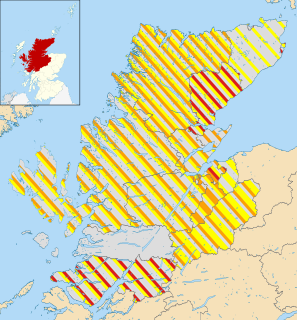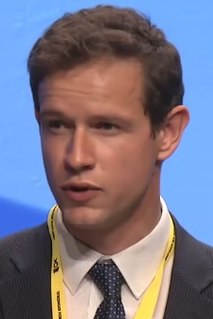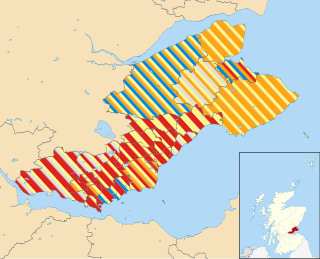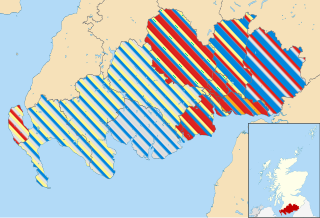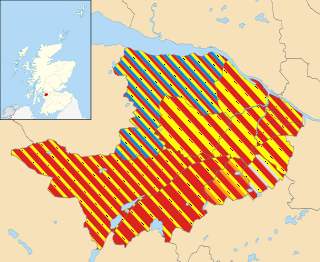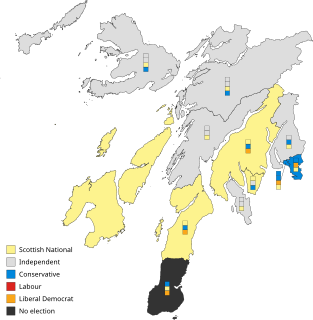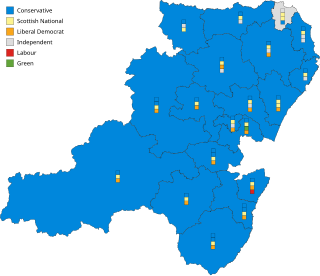| |||||||||||||||||||||||||||||||||||||||||||||||||||||||||||||
All 36 seats to Argyll and Bute Council 19 seats needed for a majority | |||||||||||||||||||||||||||||||||||||||||||||||||||||||||||||
|---|---|---|---|---|---|---|---|---|---|---|---|---|---|---|---|---|---|---|---|---|---|---|---|---|---|---|---|---|---|---|---|---|---|---|---|---|---|---|---|---|---|---|---|---|---|---|---|---|---|---|---|---|---|---|---|---|---|---|---|---|---|
| |||||||||||||||||||||||||||||||||||||||||||||||||||||||||||||
| |||||||||||||||||||||||||||||||||||||||||||||||||||||||||||||
Elections to Argyll and Bute Council were held on 3 May 2012 on the same day as the 31 other local authorities in Scotland. The election used the eleven wards created under the Local Governance (Scotland) Act 2004, with 36 councillors being elected. Each ward elected either 3 or 4 members, using the STV electoral system.

Argyll and Bute is both one of 32 unitary authority council areas and a lieutenancy area in Scotland. The administrative centre for the council area is in Lochgilphead.

The Local Governance (Scotland) Act 2004 is an Act of the Scottish Parliament which provided, inter alia, for the election of councillors to the local authorities in Scotland by the single transferable vote system.
The single transferable vote (STV) is a voting system designed to achieve proportional representation through ranked voting in multi-seat organizations or constituencies. Under STV, an elector (voter) has a single vote that is initially allocated to their most preferred candidate. Votes are totalled and a quota derived. If their candidate achieves quota, he/she is elected and in some STV systems any surplus vote is transferred to other candidates in proportion to the voters' stated preferences. If more candidates than seats remain, the bottom candidate is eliminated with his/her votes being transferred to other candidates as determined by the voters' stated preferences. These elections and eliminations, and vote transfers if applicable, continue until there are only as many candidates as there are unfilled seats. The specific method of transferring votes varies in different systems.
Contents
- Election result
- Ward results
- South Kintyre
- Kintyre and the Islands
- Mid Argyll
- Oban South and the Isles
- Oban North and Lorn
- Cowal
- Dunoon
- Isle of Bute
- Lomond North
- Helensburgh Central
- Helensburgh and Lomond South
- Changes since 2012
- By-elections
- References
- External links
After the 2007 Local Election a coalition was formed between the Alliance for Independents group and the Scottish National Party. This arrangement subsequently broke up and the Independent group formed a minority administration with the support of the Scottish Liberal Democrats.
The Scottish National Party is a Scottish nationalist and social-democratic political party in Scotland. The SNP supports and campaigns for Scottish independence. It is the second-largest political party by membership in the United Kingdom, behind the Labour Party and ahead of the Conservative Party, it is the third-largest by overall representation in the House of Commons, behind the Conservative Party and the Labour Party, and it is the largest political party in Scotland, where it has the most seats in the Scottish Parliament and 35 out of the 59 Scottish seats in the House of Commons of the Parliament of the United Kingdom. The current Scottish National Party leader, Nicola Sturgeon, has served as First Minister of Scotland since November 2014.
The Scottish Liberal Democrats is a liberal and social-liberal political party in Scotland.
The 2012 election saw Independent Councillors remain the largest grouping on the Council while the Scottish National Party increased their representation again by 3 seats, chiefly at the expense of the Lib Dems. The Scottish Conservative and Unionist Party gained an additional seat and replaced the Lib Dems in third place according to vote share.
Following the election an administration was formed between the Scottish National Party and the Argyll First Group of Independent Councilors. However, this coalition subsequently broke down, and after the SNP National Executive prevented the SNP group forming a coalition with the Scottish Conservatives and Liberal Democrats, 4 members of the SNP group including Roddy McCuish, Mary Jean Devon, Michael Breslin and Robert MacIntyre left the SNP, and a coalition of Independents, Scottish Conservatives, and Liberal Democrats was subsequently formed in October 2013, led by Dick Walsh. Another member of the SNP Group, Fred Hall, had previously left the SNP in April 2013, and now sits as an independent.
